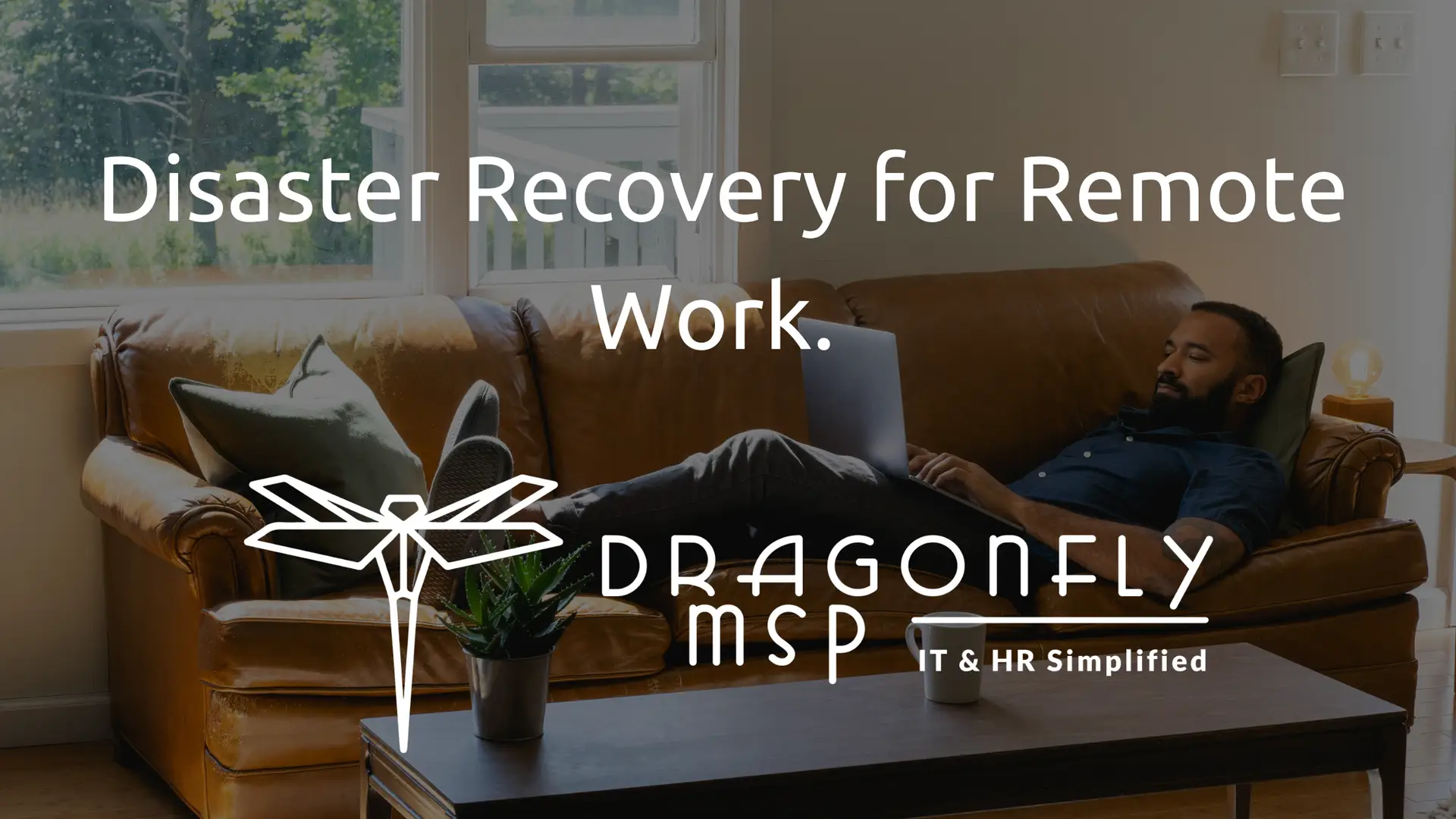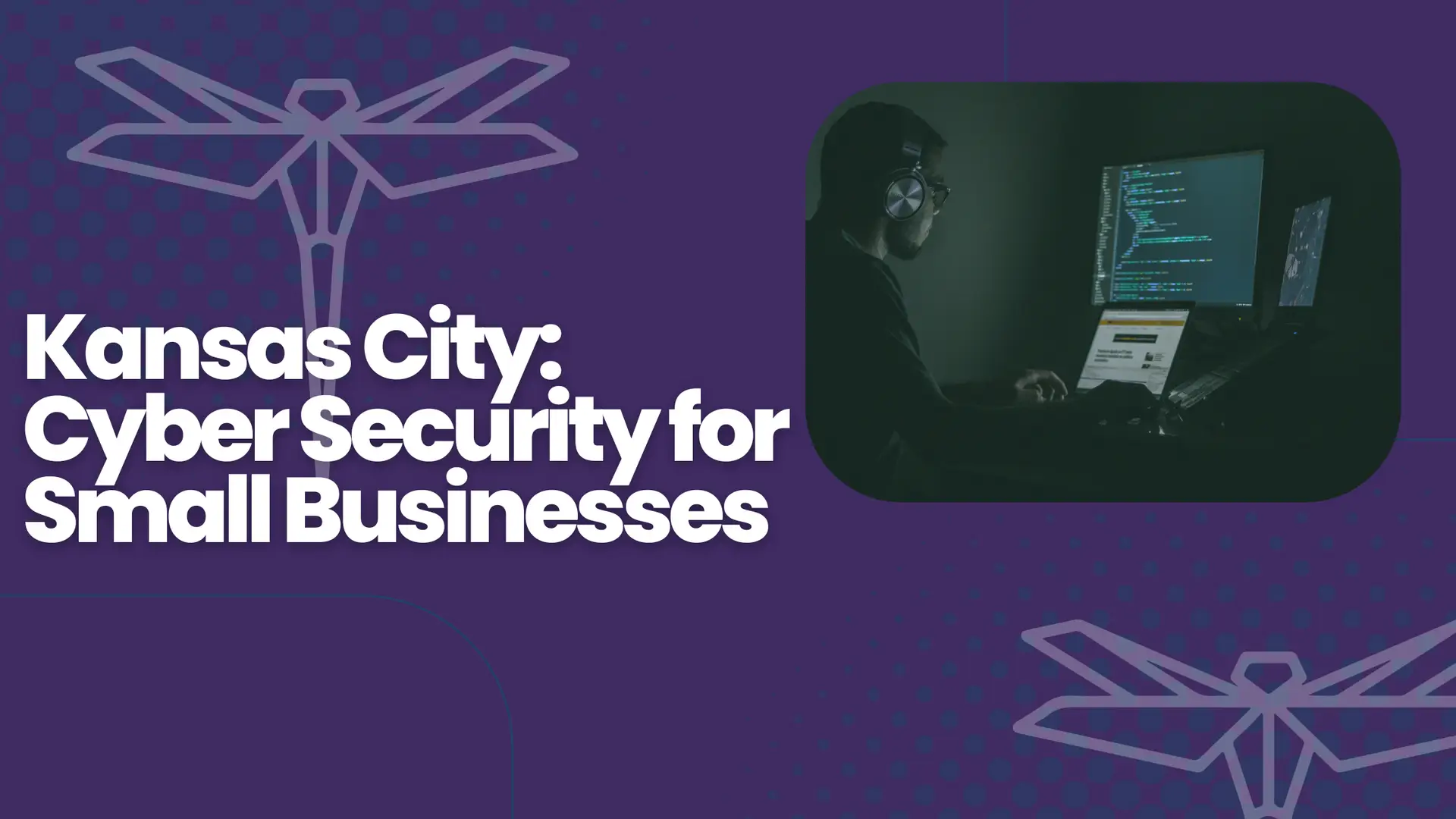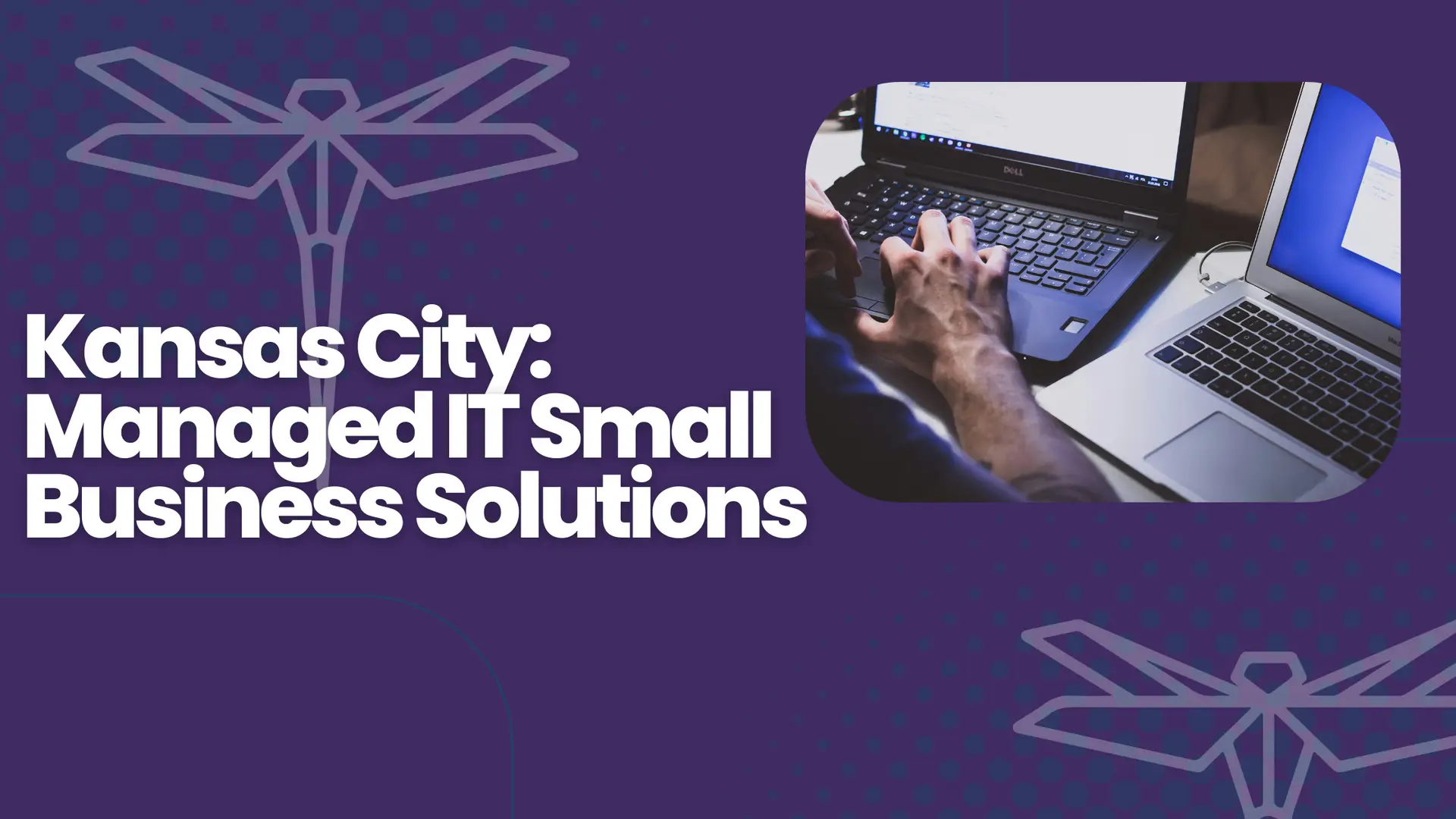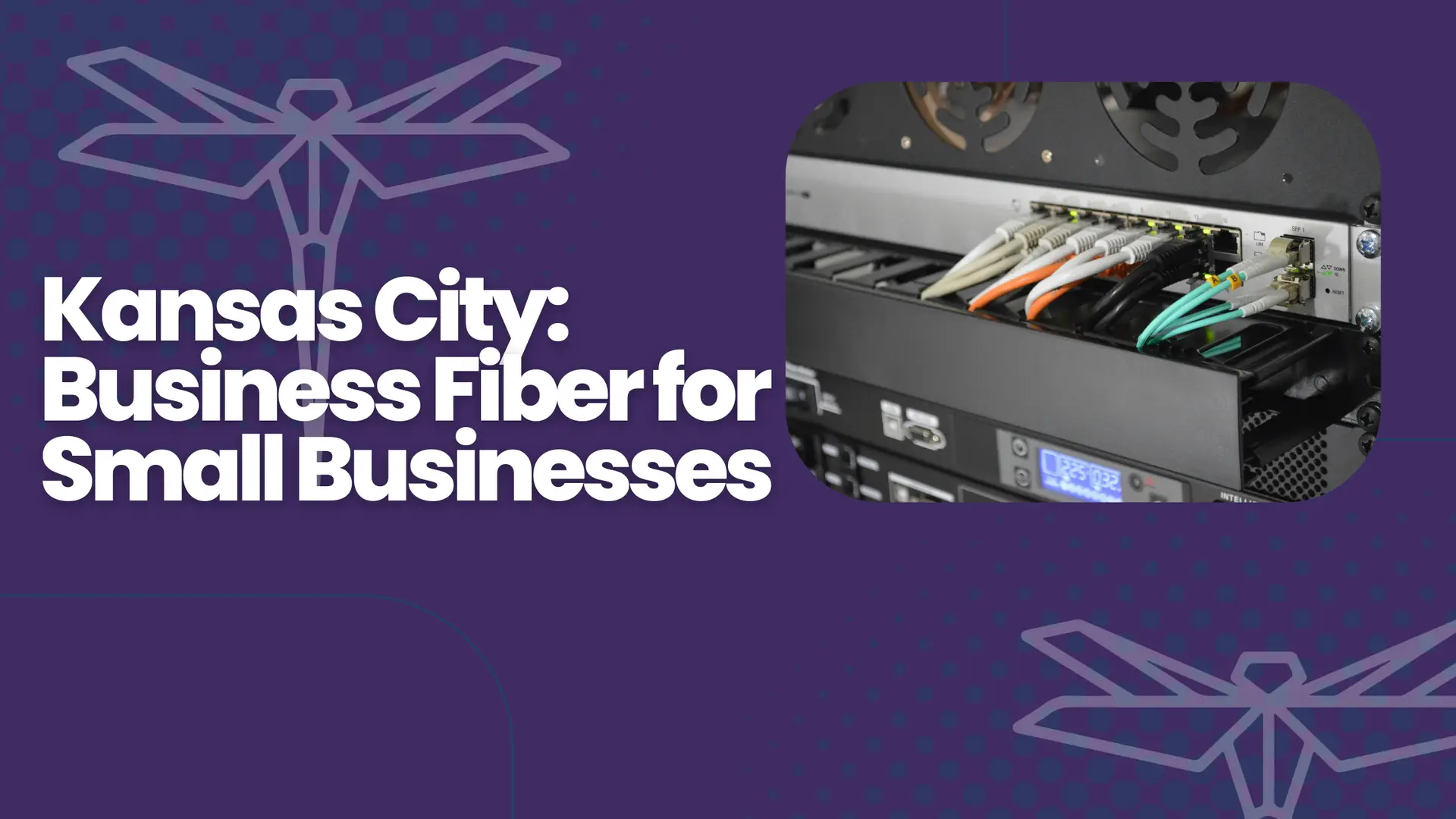1. The Remote Work Revolution: A Wild Ride
Welcome to the wild, wild west of remote work! It’s a world where your office is your kitchen table, your coworkers are your pets, and your commute is a leisurely stroll to the coffee machine. But as thrilling as this brave new world may be, it comes with its own set of challenges, especially when disaster strikes. That’s where disaster recovery (DR) comes into play.
Remote work environments have transformed businesses, making them more flexible and adaptive. But, they also make organizations more vulnerable to cyber threats, network failures, and data loss. So, if you’re living the remote work dream, it’s crucial to have a disaster recovery plan that’s as solid as your Wi-Fi connection.
In this section, we’ll explore the rise of remote work and why having a disaster recovery plan is as essential as your morning coffee. Buckle up, because it’s going to be a fun ride!
2. Disaster Recovery 101: What Is It Anyway?
Think of disaster recovery as your digital superhero cape. When things go haywire, it swoops in to save the day, ensuring that your business continues to run smoothly. But what exactly is disaster recovery? Simply put, it’s a set of policies, tools, and procedures that help you recover from unforeseen events like cyber attacks, system failures, or natural disasters.
In the remote work context, disaster recovery is all about ensuring that your team can keep working no matter what. It involves backing up data, maintaining secure networks, and having a plan for every possible scenario. It’s like having a spare key to your digital office!
So, if you’re ready to become a disaster recovery guru, keep reading! We’ll guide you through the basics and help you create a plan that even Batman would admire.
3. The Importance of Data Backup: Save Your Bacon!
Imagine you’re working on a crucial project, and suddenly, poof! Your data vanishes into thin air. Panic sets in, and you wonder if you’ve accidentally fallen into a tech black hole. Fear not. Data backup is here to save your bacon!
Backing up your data is like having a safety net. It ensures that even if your computer decides to take an unexpected vacation, your files remain safe and sound. In the remote work world, where team members are scattered across the globe, having reliable data backup is non-negotiable.
Whether you choose cloud storage, external hard drives, or a combination of both, make sure your data is backed up regularly. Trust us, your future self will thank you when disaster strikes.
4. Secure Networks: Keeping the Baddies at Bay
In a remote work environment, your home network is your fortress. It’s where you conquer deadlines, hold virtual meetings, and occasionally watch cat videos for inspiration. But, without proper security, your fortress can quickly become a target for cyber villains.
Securing your network is crucial for protecting sensitive data. Use strong passwords, enable two-factor authentication, and invest in a reliable VPN to keep those pesky hackers at bay. Remember, a secure network is a happy network!
In this section, we’ll dive into the nitty-gritty of network security and show you how to transform your digital fortress into an impenetrable stronghold. Get ready to say goodbye to cyber threats and hello to peace of mind!
5. Communication is Key: Keeping the Lines Open
In the remote work world, communication is everything. When disaster strikes, having open lines of communication can make the difference between chaos and calm. But how do you ensure that your team stays connected no matter what?
Investing in reliable communication tools is a great place to start. Whether it’s instant messaging, video calls, or good old-fashioned email, make sure your team has a variety of channels to stay in touch. Regular check-ins and updates can also help keep everyone on the same page.
Remember, communication is like the glue that holds your remote team together. Keep those lines open, and you’ll be ready to tackle any challenge that comes your way.
6. Cybersecurity Measures: Your Digital Shield
In the digital age, cybersecurity is no joke. With cyber threats lurking around every corner, it’s essential to arm yourself with the latest security measures. Think of it as a digital shield to protect your remote work environment from unwanted intruders.
Implementing cybersecurity measures like firewalls, antivirus software, and intrusion detection systems can help keep your data safe. Regular security updates and employee training are also key components of a robust cybersecurity strategy.
In this section, we’ll explore the world of cybersecurity and show you how to create a fortress that even the craftiest cybercriminals can’t infiltrate. Suit up, because it’s time to defend your digital domain!
7. The Art of Documentation: Your Disaster Recovery Playbook
When disaster strikes, having a well-documented plan can be a lifesaver. Think of your disaster recovery documentation as a playbook that guides your team through every possible scenario. It’s like having a map when you’re navigating uncharted territory.
Your disaster recovery documentation should include step-by-step instructions for handling emergencies, contact information for key personnel, and a list of essential resources. Regularly updating and reviewing your documentation ensures that you’re always prepared for the unexpected.
In this section, we’ll show you how to create a disaster recovery playbook that’s as detailed as a treasure map. Get ready to become the captain of your own digital ship!
8. Testing, Testing: The Importance of Regular Drills
Having a disaster recovery plan is great, but how do you know it actually works? That’s where testing comes in. Regular drills are essential for ensuring that your plan is effective and that everyone knows their role when disaster strikes.
Testing your disaster recovery plan involves running simulations, identifying weaknesses, and making improvements. It’s like a fire drill for your digital office, and it ensures that you’re ready for anything life throws your way.
In this section, we’ll take you through the process of testing your disaster recovery plan and show you how to turn it into a well-oiled machine. Ready, set, drill!
9. Employee Training: Empowering Your Team
Your team is your greatest asset, especially in a remote work environment. Empowering your employees with the knowledge and skills they need to handle disasters is crucial for maintaining productivity and peace of mind.
Employee training should cover everything from cybersecurity best practices to disaster recovery procedures. Regular workshops and training sessions can help ensure that everyone is on the same page and ready to tackle any challenge.
In this section, we’ll explore the world of employee training and show you how to create a team that’s as resilient as it is resourceful. Get ready to turn your team into disaster recovery superheroes!
10. The Future of Disaster Recovery: Staying Ahead of the Curve
The world of disaster recovery is constantly evolving, and staying ahead of the curve is essential for success. With new technologies and threats emerging every day, it’s important to keep your disaster recovery plan up-to-date and ready for anything.
In this section, we’ll explore the future of disaster recovery and show you how to stay one step ahead of the game. From AI-powered solutions to the latest cybersecurity trends, we’ll guide you through the exciting world of disaster recovery innovation.
So, there you have it! By following these tips and tricks, you can create a disaster recovery plan that’s as solid as your Wi-Fi connection. Remember, in the remote work world, being prepared is half the battle. Now go forth and conquer the digital frontier with confidence!







